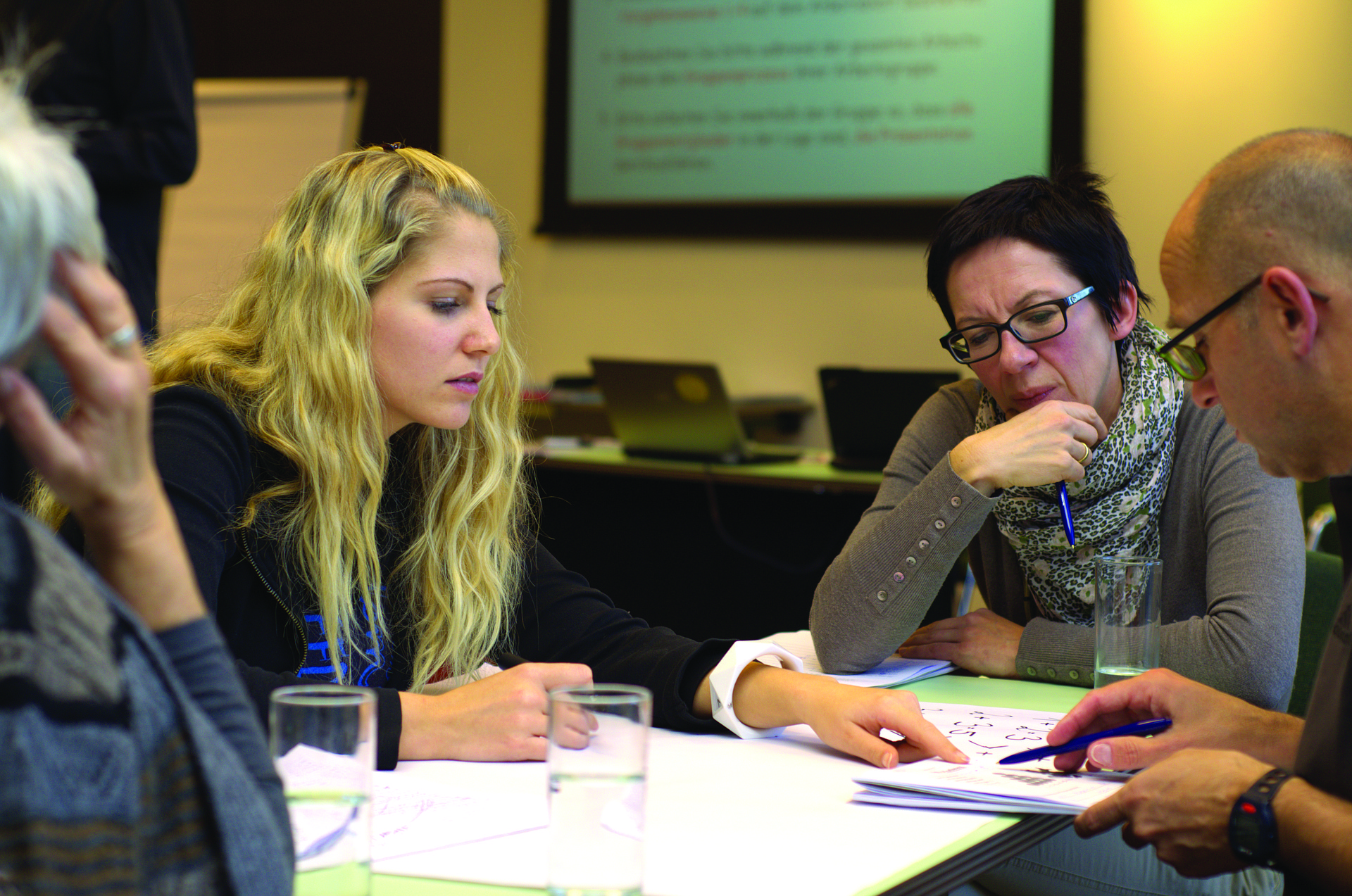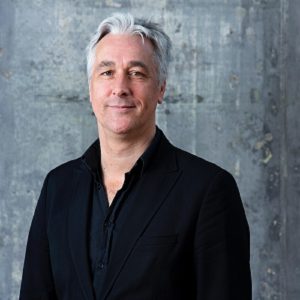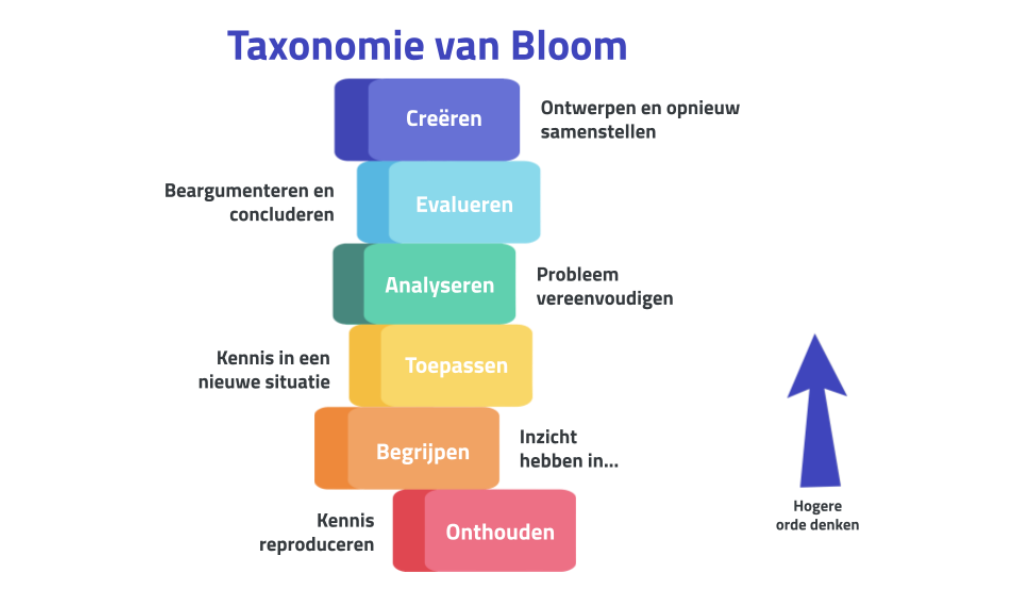
The Visible Learning Trajectories Programme: a new step in educational innovation. Ingmar Visser from the Bachelor’s programme in Psychology shares their experiences.
A new step in educational innovation
 |
The Visible Learning Trajectories Programme (ZLP) with its accompanying tool represents a new step in educational innovation. The programme enhances the structure and coherence within a curriculum, making it. transparent to students, lecturers and review committees. Following its successful initial implementation in most of the Bachelor’s programmes within the Faculty of Science, the Visible Learning Trajectories Programme has been extended and offered throughout the UvA since March 2022. All UvA degree programmes have the opportunity to participate voluntarily. The Bachelor’s programme in Psychology has completed the Visible Learning Trajectories Programme and integrated the tool into their curriculum during the academic year 2023-2024. Programme director Ingmar Visser shares their experiences with the ZLP programme.
|
|
Much within the Psychology programme was implicit
Programme director Ingmar Visser first learned about the Visible Learning Trajectories Programme through contacts within the Psychobiology degree programme. There, the entire programme had already been successfully completed. The prospect of making the Psychology curriculum more transparent for both students and teachers very much appealed to Ingmar and his team.
“The Psychology degree programme was a well-considered programme. We had learning trajectory objectives, exit qualifications and intended learning outcomes but a substantial portion of the programme remained implicit. It wasn’t clear how individual courses and their intended learning outcomes contributed to the learning trajectories within the programme and to the exit qualifications. This also posed challenges when it came to giving teachers more guidance and making it clearer how their course should contribute to the degree programme. We also frequently received feedback from teachers that students indicated that they hadn’t covered certain knowledge or skills yet, even thoughthe aim was to delve deeper into these areas in the respective course.Teachers found it difficult to pinpoint which course had already covered the material. Students, too, sometimes fail to see the connection between courses and learning trajectories within the degree programme. Student advisors occasionally spoke with students who were particularly anxious about their graduation project. These students didn’t realise how thoroughly they had already been prepared for such an assessment within the programme and how the programme’s structure works towards the final examination.”
11 learning trajectories and 11 learning trajectory coordinators
| “The Bachelor’s programme in Psychology comprises 11 extensive learning trajectories. Hence, we appointed 11 learning trajectory coordinators. It didn’t seem feasible for a single individual to oversee multiple learning trajectories effectively. Each learning trajectory coordinator was responsible for the precise definition and content of their respective learning trajectory. It was very important for them to collaborate with the teacher team who teaches courses contributing to their learning trajectory. Given the large number of courses and, therefore, the large number of teachers, the consultation process was time consuming but essential to ensure that everyone within the learning trajectory was on the same page.”
“The time commitment for the learning trajectory coordinators was significant, but accurately estimated in advance by the two supervisors. That meant we could proactively identify the most suitable individuals for each learning trajectory and ensure that they had ample time for the programme. With this in mind, we strongly recommend that every degree programme initiates planning well in advance, ideally six months prior to the start of the programme. By doing so, you can secure the most suitable individuals for the task.” |
|
A 9 month-long journey
“After the preliminary interviews, we had six meetings, each about 4-5 weeks apart (not including the summer holidays). In total, the ZLP programme spanned about 9 months. Our degree programme required this duration, but I estimate it could be shorter for degree programmes with fewer learning trajectories or less staff. Psychology has now grown into a very substantial department. We had 11 teachers involved, each responsible for coordinating their specific learning trajectory . This required extensive consultations with the teachers in that particular learning trajectory. It isn’t common to have as many learning trajectories within a degree programme, but in our case, students have the option to choose from seven different specialisations with each specialisation comprising approximately 48 ECTS, equivalent to almost a year of education. This means essentially, we offer seven one-year courses alongside the two common years. Naturally, this results in a more extensive curriculum compared to degree programmes with fewer differentiation options.
As the programme director, I kept an eye on the big picture. Before each meeting, the undergraduate policy officer and I held a preliminary discussion with the programme supervisors.”
A seamless journey with particularly good and helpful guidance
 |
“The process proceeded smoothly! The guidance was particularly helpful, reflecting a wealth of experience and knowledge. Rather than avoiding difficult issues, they were given addressed directly. Questions were thoroughly answered and the complexities of our training were thoughtfully considered. Moreover, the group meetings were well-structured and focused on achieving goals. The learning trajectory coordinators had the chance to ask questions outside of group meetings and received clear and valuable feedback on their proposals.”
|
Course objectives and learning outcomes using Bloom's taxonomy
“We have redefined our programme very carefully and comprehensively. As a result, we’ve also revised the exit qualifications. In addition, we’ve updated the intended learning outcomes for several courses. It’s worth noting we already had well-defined intended learning outcomes and exit qualifications, but these were formulated according to a different taxonomy that we had been using for the past decade. The Visible Learning Programme uses Bloom’s taxonomy. The decision to switch to a new taxonomy presented a significant challenge. However, we discussed this openly and we received patient assistance to navigate this transition transitioned to Bloom’s taxonomy.”
“So far, there haven’t been any substantial changes in the curriculum. Throughout the programme, we assessed the state of our courses. While there have been reformulations of intended learning outcomes – such as the adoption of Bloom’s taxonomy instead of our previous one-, learning trajectories and exit qualifications, these changes have had minimal immediate impacts on the courses. However, this is expected to change in the coming year. These modifications will, of course, be carried out in collaboration with the teachers involved. We anticipate a positive response to these changes.”

Moving forward and annual maintenance
“After completing the ZLP programme, we are moving forward independently. Throughout the programme, we have been been equipped with all the necessary tools to do so. On the other hand, the programme supervisors maintain an open and welcoming attitude, making it easy for us to contact them if any questions arise. Currently, we are focusing on refining the learning trajectories that were not entirely covered by courses in the degree programme. For some of these trajectories, minor adjustments have already been adressed during the Visible Learning Trajectories Programme. For other learning trajectories, it takes more time.
In addition, we have established the Curriculum Committee, a newly formed group that meets three times a year, or more frequently when necessary. The Committee includes all the curriculum coordinators and myself as the programme director. The primary aim is to address the learning trajectories that require attention in the upcoming period. Of course, each specific curriculum coordinator takes the lead. Furthermore, the Committee offers recommendations on keeping the curriculum up to date. In the next academic year, for instance, we will consider whether to incorporate programming skills into the curriculum. The committee will also explore strategies for dealing with emerging AI such as ChatGPT.”
Lessons learned & tips |
“It is particularly beneficial for a degree programme to undergo the Visible Learning Trajectories Programme guided by knowledgeable experts. From defining the intended learning outcomes to establishing learning trajectories and exit qualifications, and vice versa, this process provides greater clarity about the programme’s structure for both students and teachers as well as review committees. The programme offers tools and guidance that make this task considerably easier than attempting it independently. The complexity of the task demands significant courage to embark on. The assurance of expert guidance, based on succesfull experiences with the programme, motivated us to take the first step.
“Make sure you allocate enough time for the process. It is essential that the individuals who are taking part in the ZLP programme have sufficient time and to dedicate on it! If necessary, consider starting a bit later than initially planned to accommodate their involvement. They need time to engage in discussions, consultations and dialogue with the teachers of all courses contributing to their curriculum. This can be done in groups or individually, but it is a time-consuming process. Feedback and further consultations also require time, but they form the foundation of the learning trajectory. The last thing you want is for it to remain a mere paper reality. Even after completing the programme, ongoing annual “maintenance” is needed. Each learning trajectory coordinator must continuously monitor whether there are any changes in the courses relevant to the learning trajectory, and whether these changes have implications for the learning trajectory. So, while the programme may be considered “completed”, ongoing attention is needed.” |
Interested in learning more about the Visible Learning Trajectories Programme?
Do you want more information about the Visible Learning Trajectories Programme? Take a look at tlc.uva.nl/zlp.
Are you interested in becoming a trainer in the Visible Learning Trajectories Programme? Take a look at the position available.





